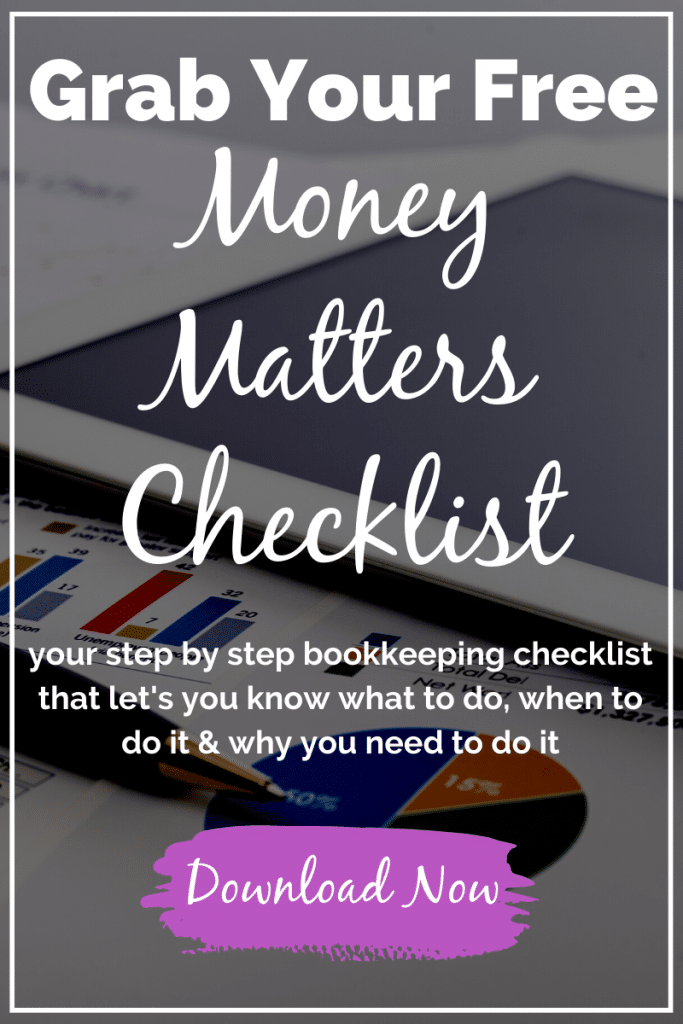Depending on what you do for a living, the types and sources of your income, you may need to pay estimated taxes. Estimated taxes don’t just apply to the self-employed and entrepreneurs but considering much of this income is not taxed in way shape or form, that seems to be the main focus of person when it comes to this topic.
What exactly is estimated tax? Simplified, estimated tax is a method used to pay tax on income that is not subject to withholding. Here area few tips to give you the lay of the land when it comes to estimated taxes and how to pay them.
What types of income should you keep an eye out for: income sources such as self-employment, interest, dividends, alimony, rent, gains from the sales of assets, prizes or awards.
Who must pay estimated taxes: As a general rule, you must pay estimated taxes if both of these statements apply:
- You expect to owe at least $1,000 in tax after subtracting your tax withholding (if you have any) and credits, AND
- You expect your withholding and credits to be less than the smaller of 90% of your current year taxes (2012) or 100% of the tax on your prior year return return (2011).
NOTE: There are special rules for farmers, fishermen, certain household employers and certain higher income taxpayers.
NOTE: Sole Proprietors, Partners and S Corporation shareholders, in general, you have to make estimated tax payments if you expect to owe $1,000 or more when you file your return.
How much to pay: To determine your estimated tax, include your expected gross income, taxable income, taxes, deductions and credits for the year. Use the worksheet in Form 1040ES, Estimated Tax for Individuals for this. You want to consider any changes in your situation, recent tax law changes and be as accurate as possible to avoid penalties. Or you can always call your friendly neighborhood tax professional for help or if you have questions.
When to make payments: The year is divided into four payment periods/quarters for estimated tax purposes. The due dates for payments are typically April 15, June 15, Sept. 15 and Jan. 15.
How to pay: For the most part, Form 1040ES, Estimated Tax for Individuals, provides all you’ll need to pay estimated taxes including instructions, worksheets, schedules and payment vouchers. The easiest method to actually pay your estimated taxes is electronically through the Electronic Federal Tax Payment System or EFTPS (most banks can handle EFTPS payments). As an alternative, you can also pay estimated taxes by check or money order using the Estimated Tax Payment Voucher or by credit or debit card.
For more information on estimated taxes refer to your friendly neighborhood tax professional or if you just have to know the details for yourself, check out Form 1040ES and its instructions, as well as Publication 505, Tax Withholding and Estimated Tax. These forms and publications are available at the IRS website.



